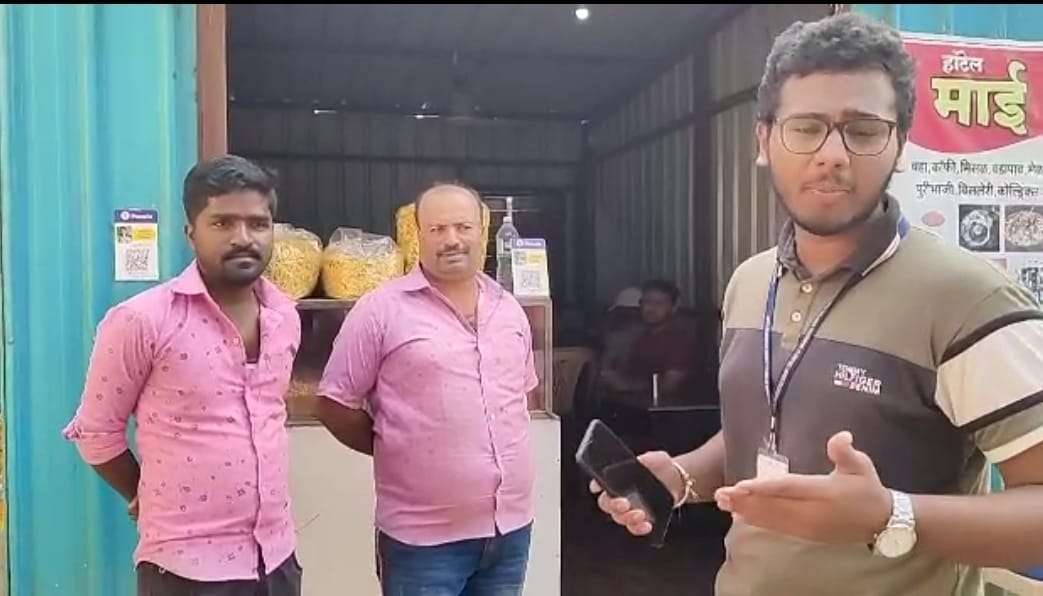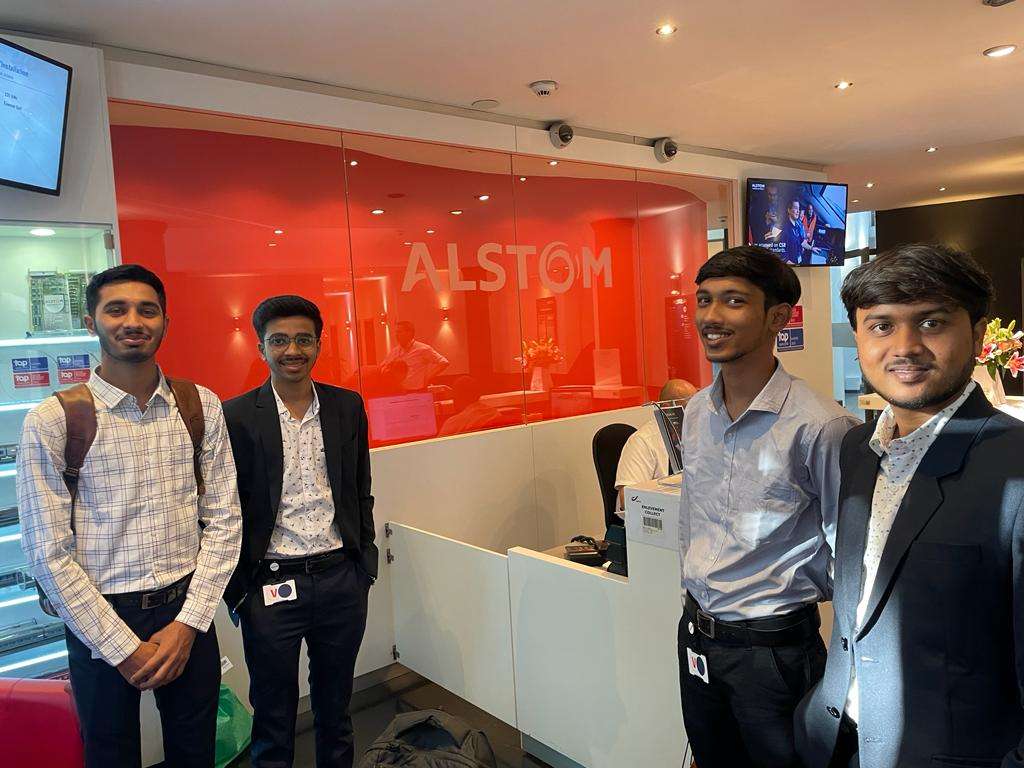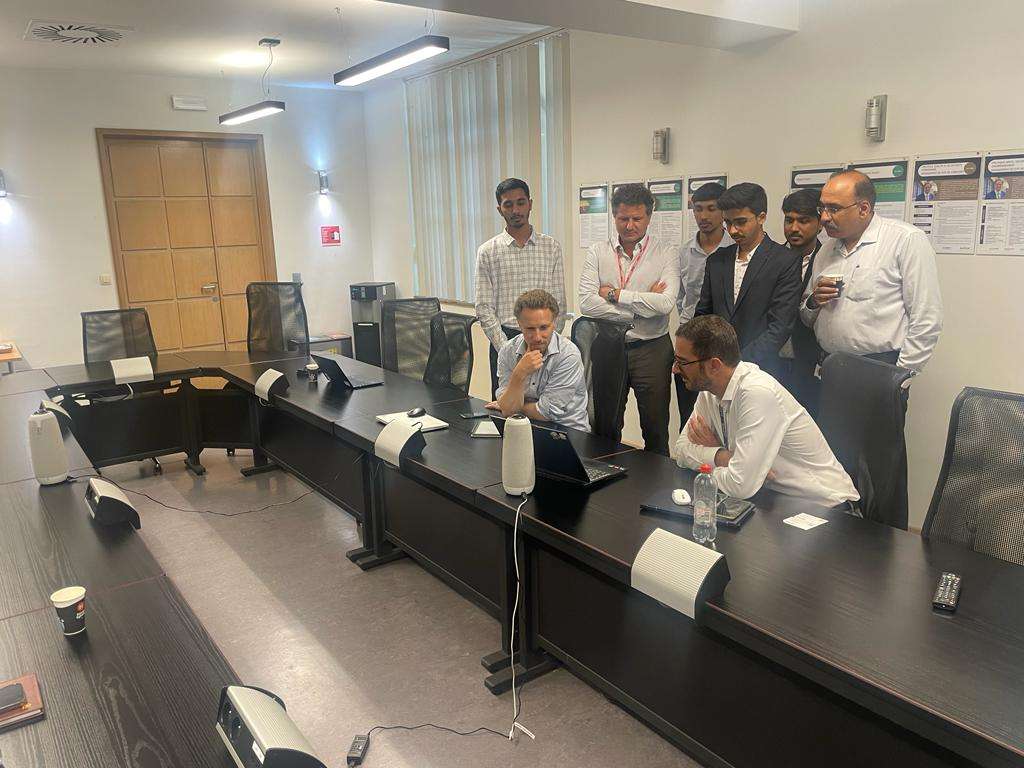Here is a step-by-step explanation of how we build the Multipurpose EV for Physically Challenged individuals and, incorporating advanced safety features and innovative technologies:
Step 1: Concept Development
The main things we did during this stage was we identified 5 main problems among Physically Challenged and Street Vendors through news paper survey, research paper analysis and through interaction with the users.
Identified Problems:
The main issue was the lack of multipurpose vehicles designed for local street sellers and people with physical disabilities, which resulted in:
- Physical discomfort and trouble moving around: A major hindrance to daily tasks and mobility.
- Battery problems include electric vehicles' tendency to overheat and their possible fire hazard.
- Financial Restraints: growing expenses for fuel and maintenance.
- Limited Employment Opportunities: For senior citizens and those with physical disabilities.
- Illegal Modifications: Physically Challenged individuals gets their vehicle modified from the local fabricators which is illegal according to ARAI rules.
These are some images of the users and their daily struggle can be seen in it.
.png)
After the identification of the problem we proposed the solution Multipurpose EV with Hybrid Power(Solar & Electric).
Step 2: Solution and Innovation Development
Solution Development:
Features of the 3-Wheeled EV for Physically Challenged:
- Electric and Solar Energy: Combining solar and electric power to provide economical solution to the users from the available vehicles in the market.
- Anti-theft System: To stop theft and unwanted access, strong security measures are put in place for the battery and other important parts such as vehicle circuit and the material in the vehicle.
- Specifically Designed App: A specialized app that improves user experience by helping users with maintenance reminders, navigation, and vehicle management and remote control of the vehicle.
- Small and Expandable Trolley: An adaptable trolley system ideal for small enterprises and street vendors to transport a variety of material on the vehicle.
- Various Driving Modes: Based on load capacity, customizable driving modes ensure optimal performance and efficiency in a range of scenarios.
Innovation:
.png)
Now after discussing Problem statement and Solution with our innovative touch to it lets start with the designing of the vehicle.
Step 3: Design
Objective: Create initial designs and build a functional prototype.
While designing we need to keep in mind the users and their requirements hence, we started with the basic designing by drawing on paper and then in Blender software.
(0).png)
 (1).webp)
Below are some samples of CAD design of the expandable trolley.
.webp)
After designs were ready and the structure of vehicle was ready it was time for the selection of components.
Step 4 : Component Selection and Integration
Objective: Choose high-quality components and integrate them into the design.
- Motor and Controller: Select a 1.2 kW electric motor and compatible motor controller.
.png)
- LiFePO4 Cells: As generally the electric vehicles are equipped with the Battery packs made of Cylindrical cells which closely spot welded. Hence, in case of short circuit they easily catch fire and the whole battery pack is damaged. To avoid this and provide better safety we are using German Certified Prismatic cells. These cells are safer and durable then the cylindrical cells. Also, to reduce the cost of the vehicle we are assembling the battery packs at our workplace.
.png)
- Microcontroller: Integrate an ESP32 microcontroller for wireless communication and control. Also, we designed our own PCB's for the better results using EasyEDA and Eagle. The battery pack is also embedded with the smoke sensor, temperature sensor and fans for the cooling system. The other IoT systems work on our own designed PCB's as they are more secure.
Also, The Raspberry Pi and ESP 32 modules are used at some places and other sensors are used as per the requirements.
.png)
- Battery Management System(BMS): We are using a special BMS which helps the user to control the battery pack from their smartphone using our application. This BMS is encoded with a special algorithm designed by our team. This algorithm helps us to detect the SOC(State of Charge) and SOH(State of Health) of the battery pack. Also this BMS has the feature of auto vehicle circuit cutoff after the vehicle temperture reaches 65 degree Celsius and the cooling system will start at 50 degree Celsius.
.webp)
- Application: We have to design the special application to control the vehicle from the smartphone like, start the vehicle or lock the vehicle, range of the vehicle and other details. In this app, we have also give a AR based QR scanner which scans the QR on the vehicle to solve the minor issues in the vehicle on their own.
.jpg)
Step 4: Detailed Design and Assembly
Objective: Finalize the design and assemble the first complete EV.
After the components were finalized and the architecture was ready we started with the simulation testing of the vehicle using the Matlab software by Dassault Systèmes. Here, are the simulation testing results and the architecture of the vehicle.
.png)
.png)
After the simulation testing was successful and we got the satisfactory results we started with the assembly of the vehicle.
- Detailed Design: Refine the design specifications, ensuring scalability and cost-effectiveness.
- Component Manufacturing: Manufacture and procure all necessary components.
- Assembly: Assemble the EV, incorporating feedback from the initial prototype.
.png)
.png)
.png)
After the overall assembly is done, here are the final results of the prototype.
.png)
.png)
During the prototype development we came across the major problem of the transition of physically challenged from wheelchair to the seat of the vehicle. Hence, we designed the seat in such a way that the transition becomes very easy.
We are the first one to provide this feature in the 3-wheeled vehicle segment and we have also patented this design of seat. The whole process of transition can be seen in the video below.
Video of 1st and 2nd Prototype
After the vehicle was ready we did a quick survey by providing our vehicle to specific group of users for 1day use and took their feedback.


.png)
Step 5: Funding, Awards and Recognition:
As we are now in ready to launch stage we needed some support.
- We pitched this project at iCreate when we were at ideation stage(i.e stage 3)and got incubated at iCreate, Ahmedabad and received the grant of INR 50,000 to start building the prototype.
.webp)
2. After the initial design was ready we received the grant of 8 lakhs for our college entrepreneurship development cell.
3. We have also got the industrial approaches by:
a. Yogi Taguchi Chairman and Managing Director, Mitsubishi Corporation India Pvt. Ltd.
b. Naho Shigeta CEO, InfoBRIDGE India
4. We have won Quest Ingenium 2023 organised by Quest Global Pvt. Ltd. and won the cash prize of INR 1,50,000
.webp)
5. We have also pitched this project to Alstom Belgium and Alstom France and they asked us to visit their facilities in Brussels, Belgium and Valenciennes, France in 2023.
.jpeg)
.jpeg)


6. We have also won 2nd Prize at Indo-Japanese Ideathon (Hack The Innovative Future) organized by Government of India and Embassy of Japan.
.png)
7. We have also secured the award by Hon. Dr. Tanajirao Sawant (Minister Of Public Health and Family Welfare Gov. of Maharashtra) for valuable work in the field of locomotion of physically challenged.
.png)
.png)
These are some of our achievements with this project from 2022 to 2024.
We have also attached the video of the demonstration of our prototype and other details. With this the simulation report, images, and all certifications and sponsorships in one pdf and the other pdf of Pitch Deck which gives detailed information about Business Model and Market Potential, is also attached in the documents section for better understanding of the project and the market size.
Note: We are sorry for not sharing the codes of the project as it is still in the process of patent. Hence, we would like to apologize for the inconvenience.
We are attaching the video link of the process for the better understanding of the project.
https://youtu.be/iCJtjD2ngoI

